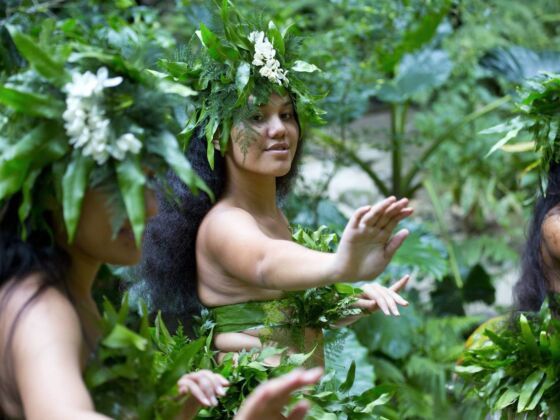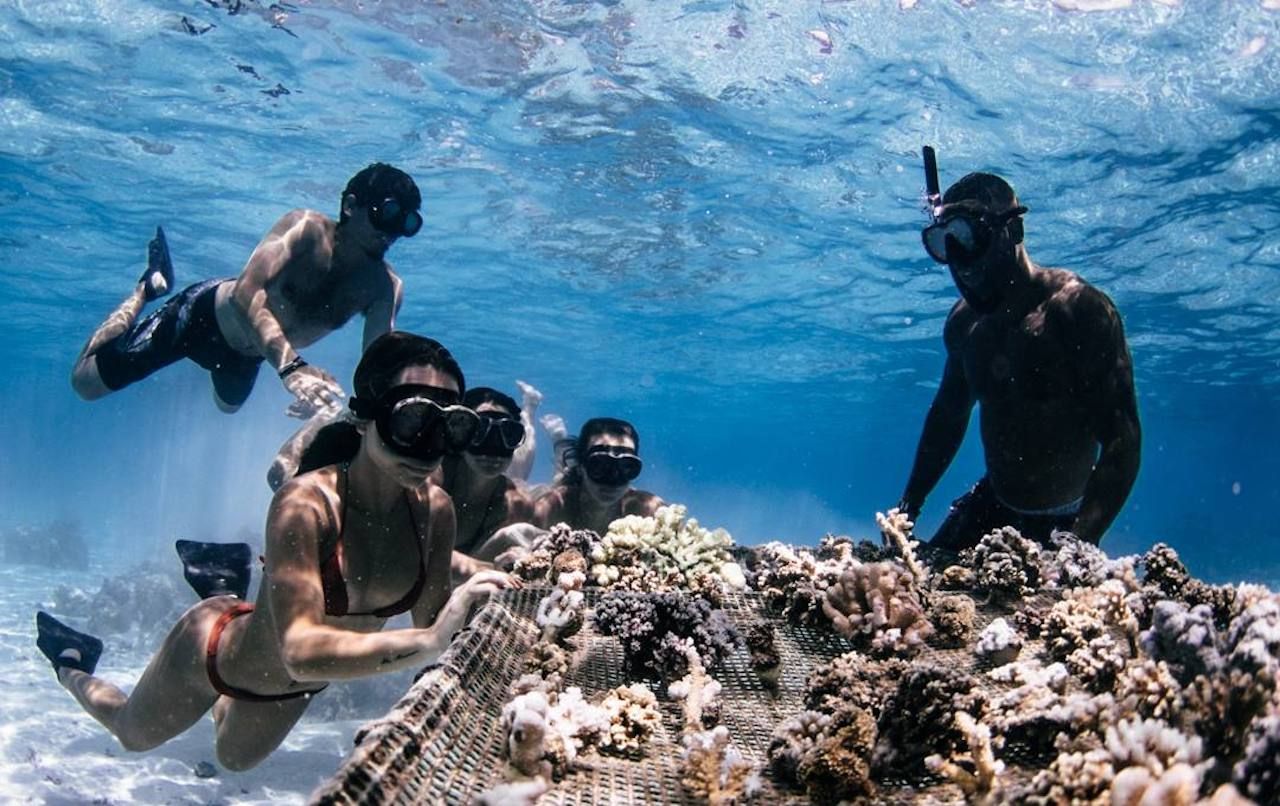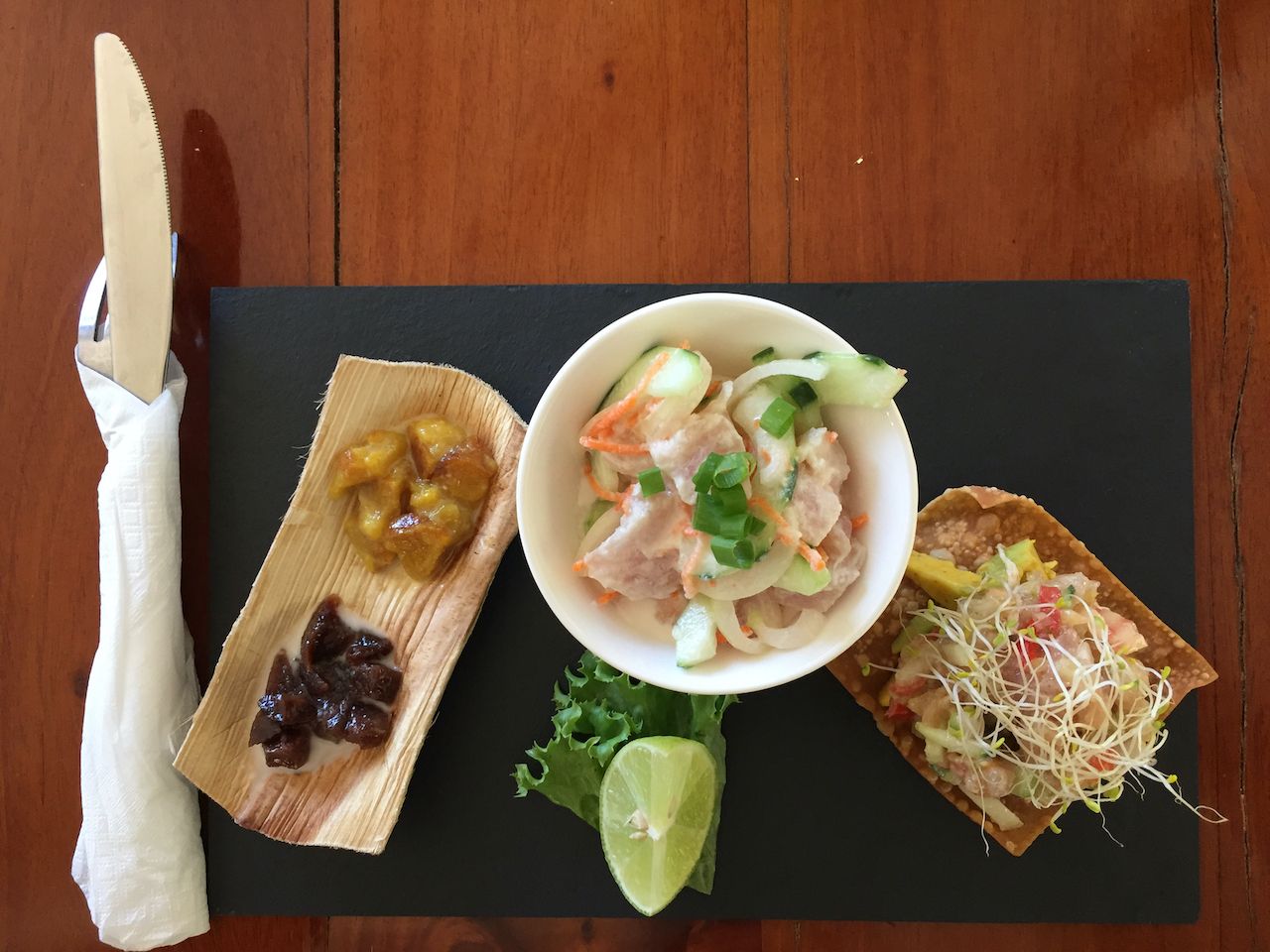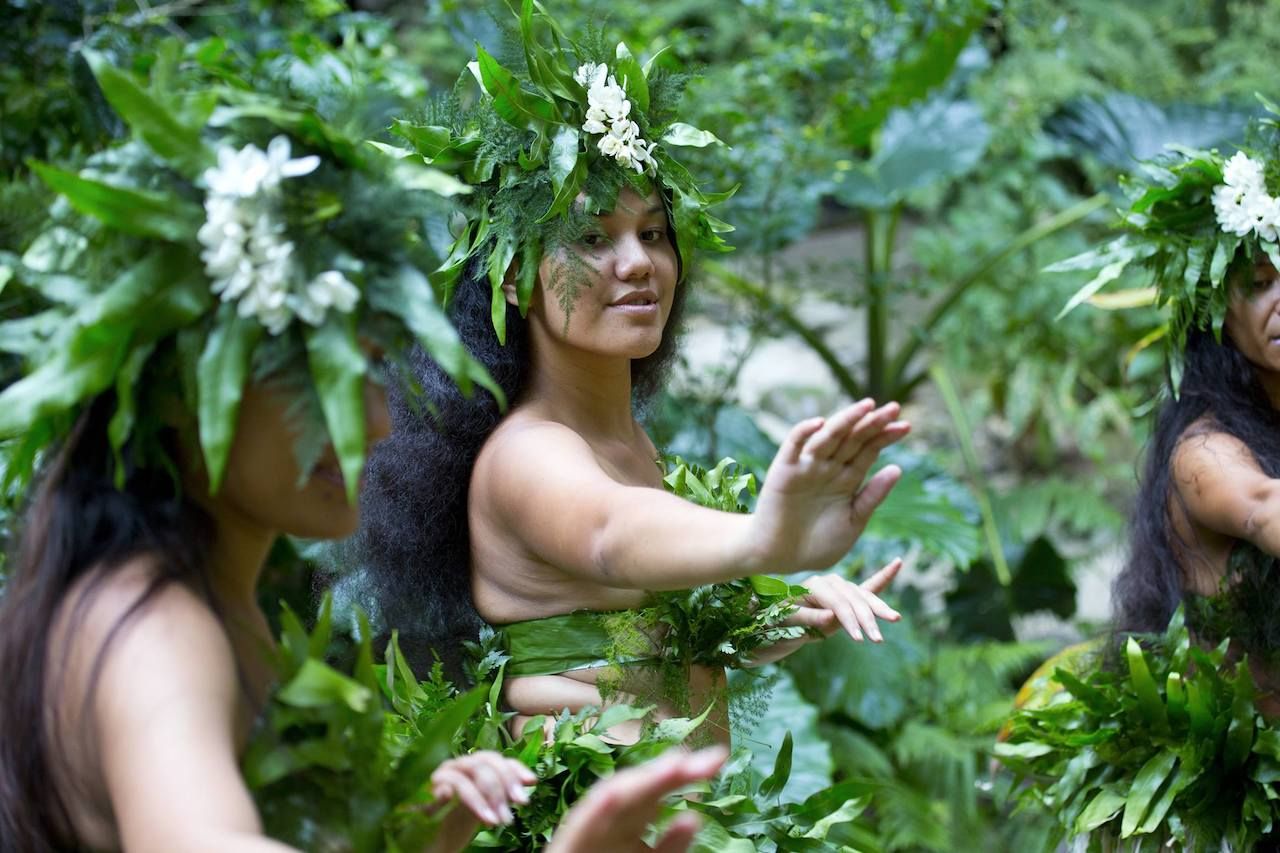Editor’s note: While French Polynesia is open for tourism, COVID-19 has affected operations. Normal schedules and tours are expected to resume in 2021. Check with individual establishments for confirmation.
French Polynesia may seem like the edge of the world, mere specks of land on a vast, watery horizon. But there’s nothing remote about it. For centuries, French Polynesia (often called Tahiti though that is technically just the name of the main island) has been one of the busiest places in the South Pacific.





